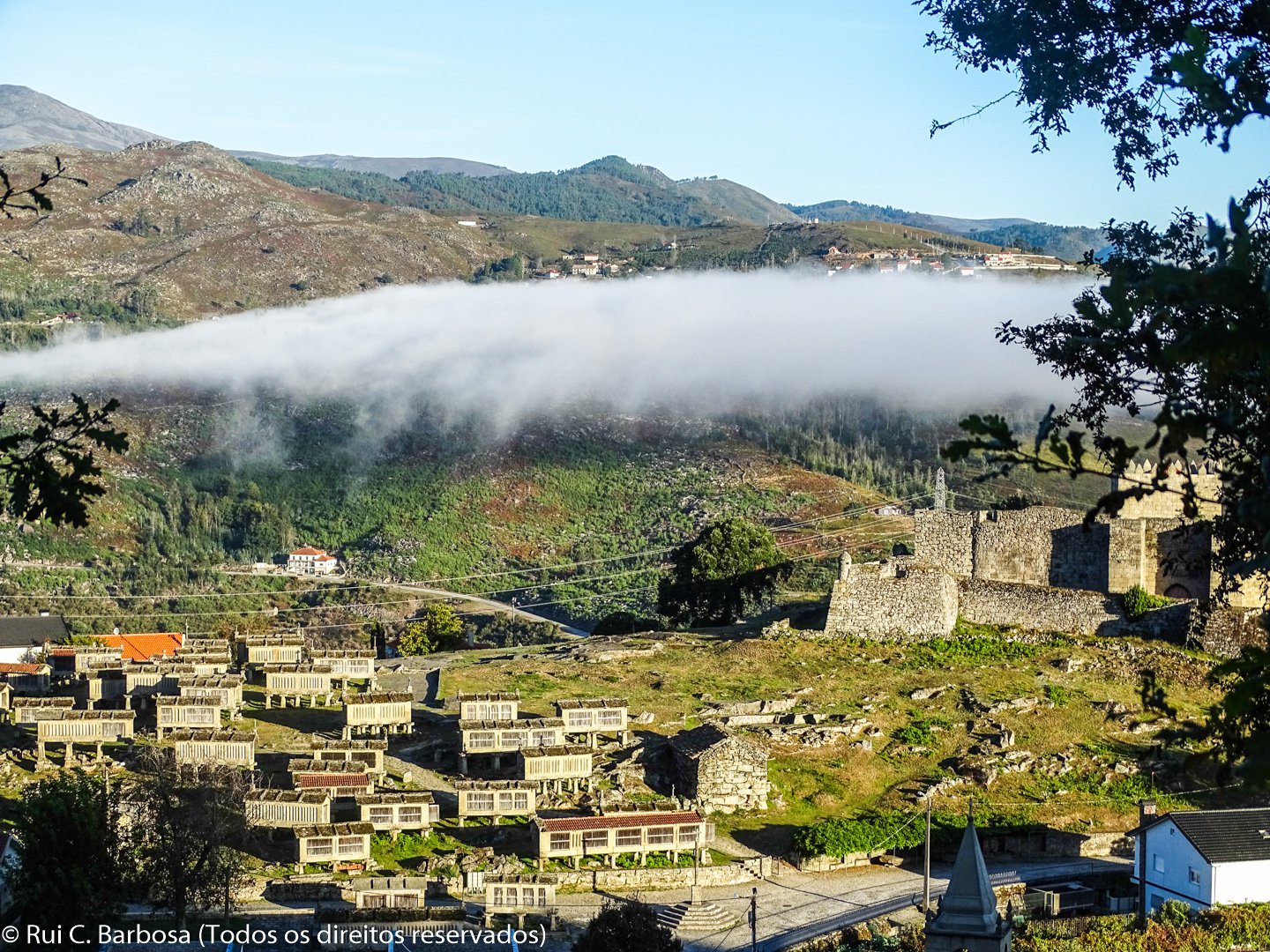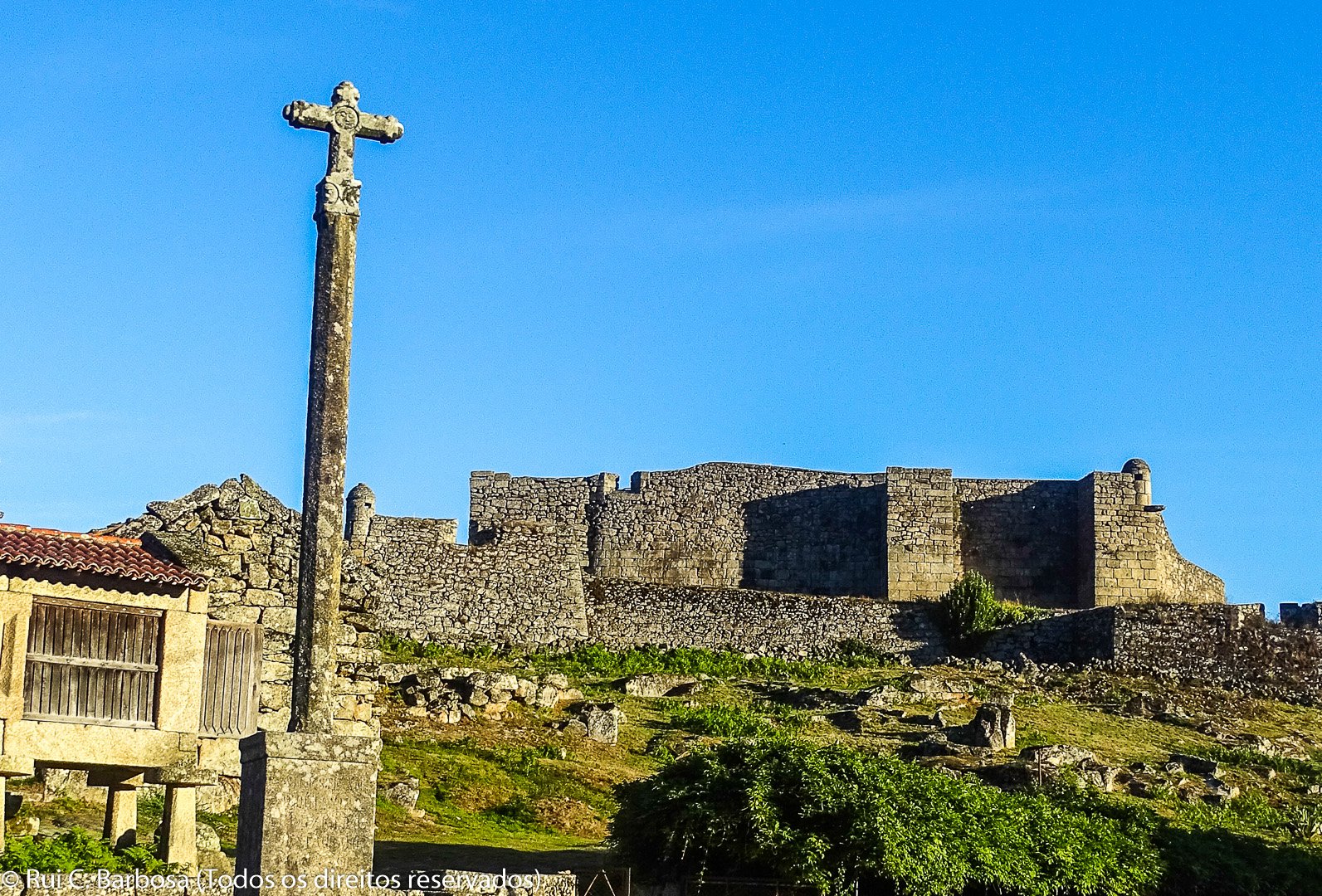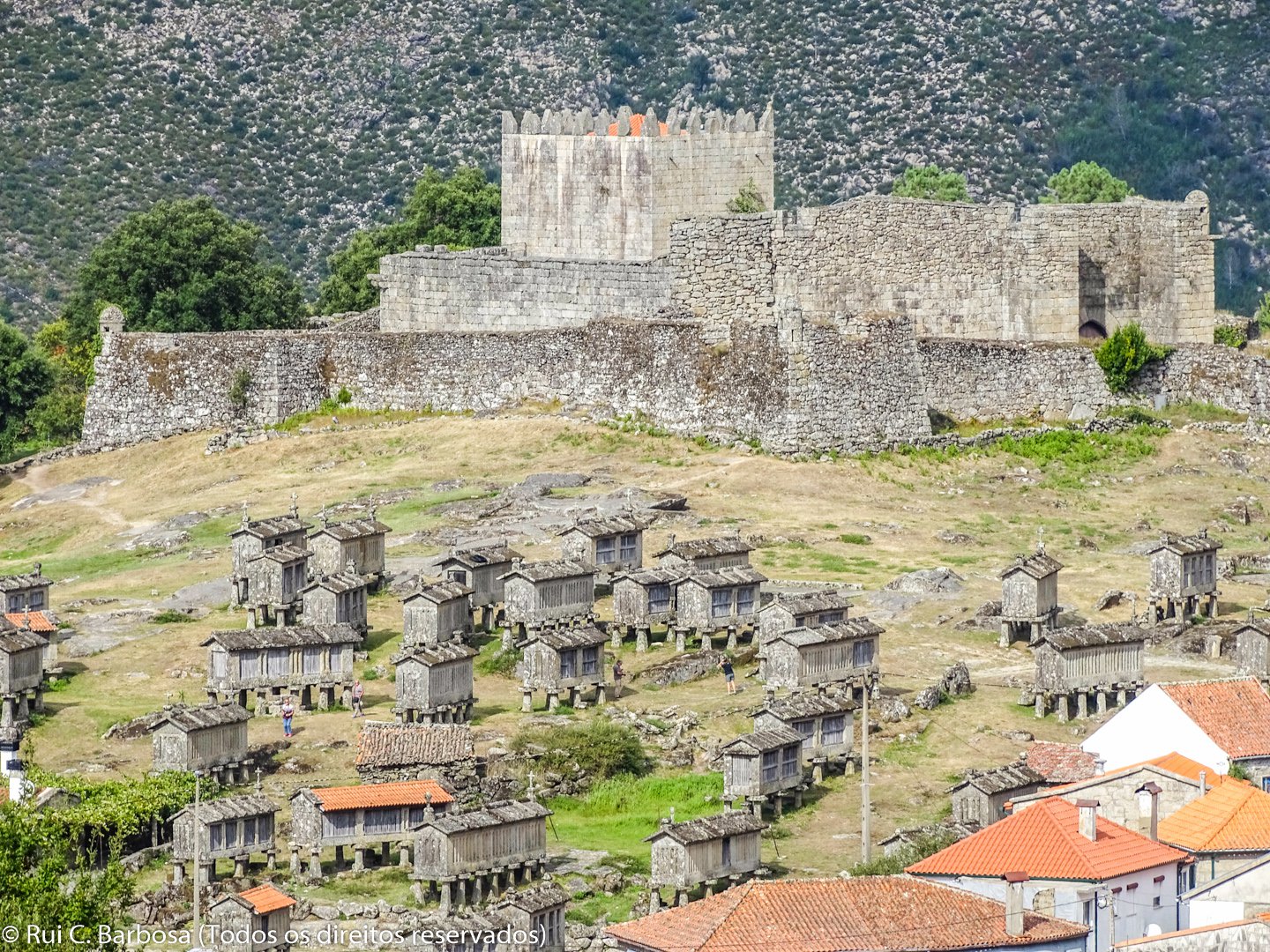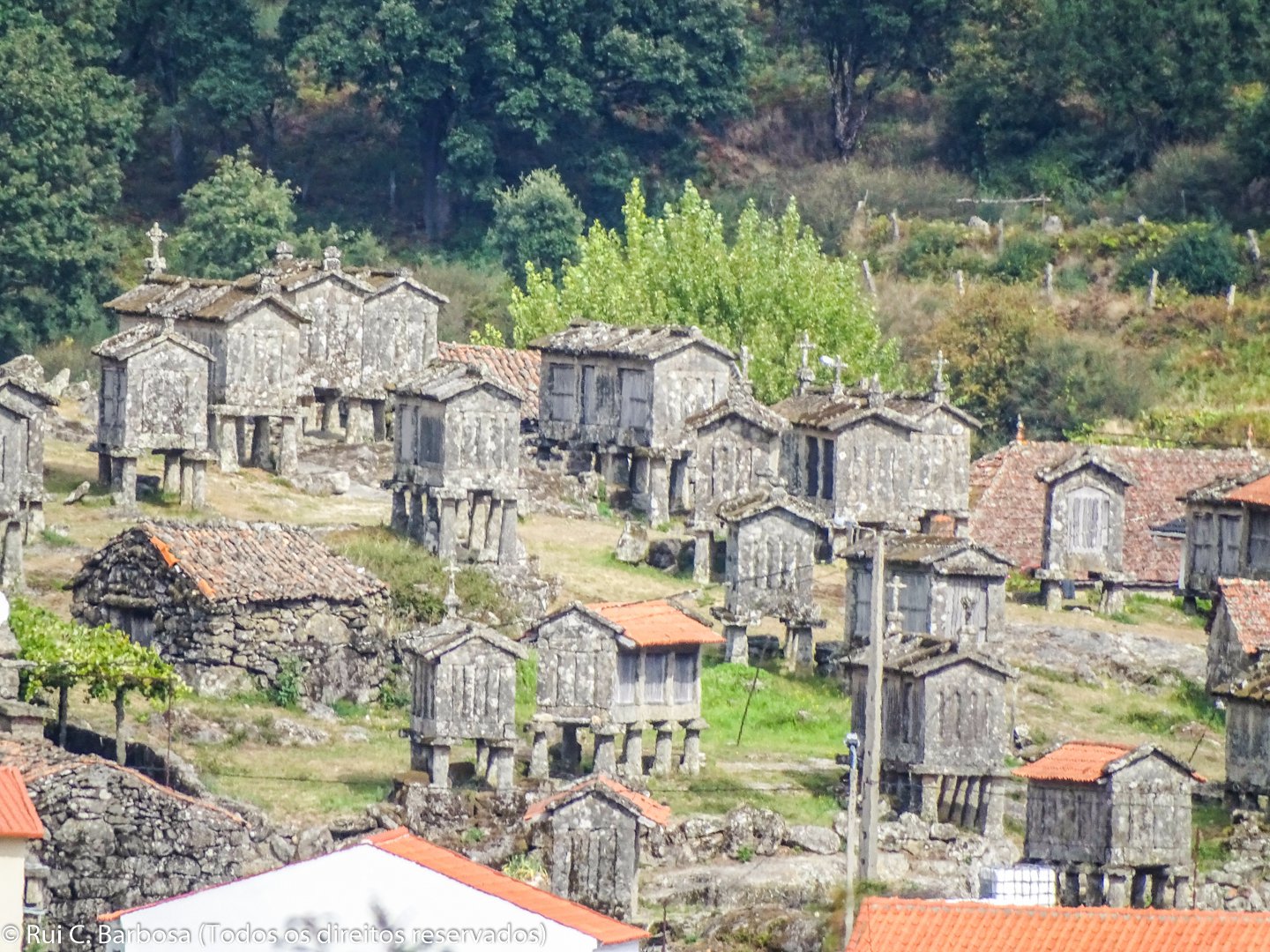Lindoso Castle is one of the most important Portuguese military monuments, not only for its strategic location (guardian of the course of the Lima River along the border with Spain and on an inland line between the mountains of Peneda and Gerês), but also for the technical and stylistic innovations that its construction introduced in the field of Portuguese medieval military architecture. Succeeded in having throughout history and on several specific occasions a relevant role in defending the border.
Although its origins are still debated, there is no great doubt that the medieval fortress that has remained standing to this day was founded in the reign of D. Afonso III and restored by his successor, D. Dinis.
In the 17th century at the time when Portugal fought for the restoration of its independence, the castle was endowed with a more complex military system. These works were being completed around 1666 (the date engraved on the lintel of one of the doors) and scarcely three years after it was conquered by Spanish troops and, once again, reconquered by the Portuguese. It is believed, however, that these works had dragged for a few more decades, because the conclusion of the main ravelin protecting the main entrance has the date 1720 inscribed on it. The new defensive complex updated the fortress, surrounding it with a star structure, with high slopes and moats, and access by a drawbridge surmounted by machicolations.
Its involvement in military activity ended in 1895, then being classified as a National Monument in 1910.
From the 1940s onwards, some restoration work took place, principally the reconstruction of wall facings and battlements and the demolition of some structures in the courtyard, whilst preservation of the cistern, part of the dependencies of the governor and other support structures took place.
Currently it houses an exhibition area and is open to visitors.
In the area adjacent to the Castle we can see the communal threshing floor and the magnificent group of 67 granite-built espigueiros. For the most part they date back to the 18th and 19th centuries and constitute the largest group of espigueiros and one of the best preserved in the region of the National Park. The nucleus of espigueiros and the threshing floor is classified as Property of Public Interest.














